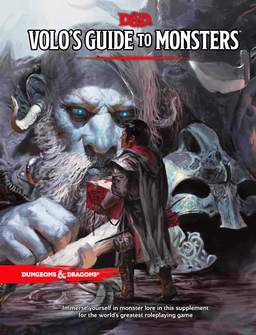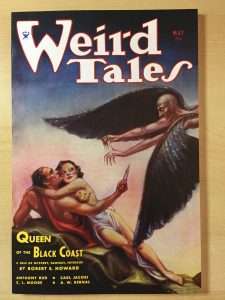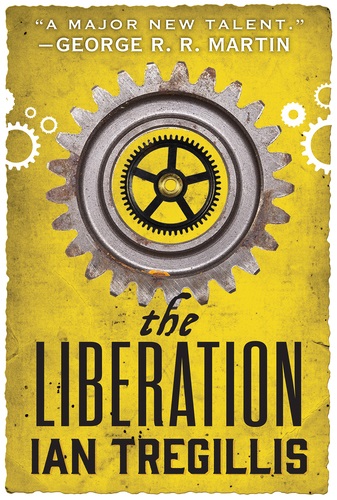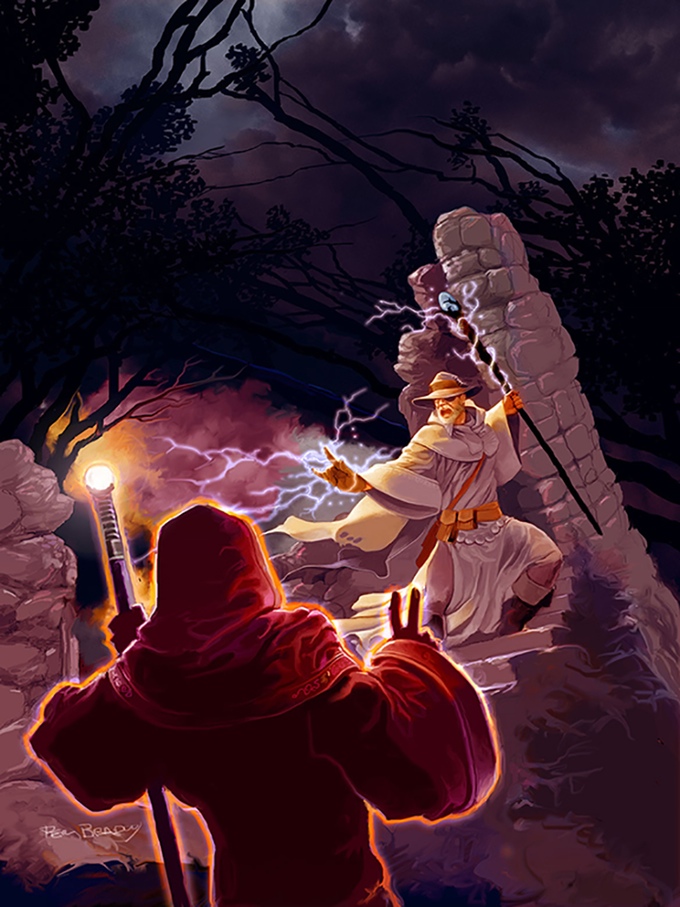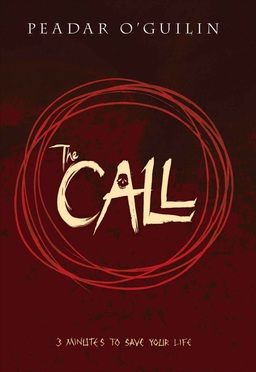Solitaire Gaming: Hornet Leader by Dan Verssen Games
Around the Jones household the winter is usually prime time for solitaire wargaming. It’s been so ever since John O’Neill and E.E. Knight got me hooked on board games again. And the last two winters the first game I pull out is DVG’s Hornet Leader.
It’s a bit of an odd fit for me, because I’m more of an ancient history guy, and Hornet Leader is all about modern(ish) planes. A lot of its setup is concerned with the differences between types of armaments, which I’ve never been remotely curious about.
Yet the game had such rave reviews from sources I respect that I finally got over the hurdle of disinterest in the subject matter, picked up a copy, and sat down to play. After some trial and error I discovered a grand game. If you like puzzles with a war or tactical theme you’re liable to find yourself captivated. And if you’re one of those who’s already interested in modern planes and the weapons they carry, you may be in heaven. (If this all sounds of interest but you’re more of a speculative fiction person, you might be curious about its expansion, which I’ll introduce at the end of the review.)

